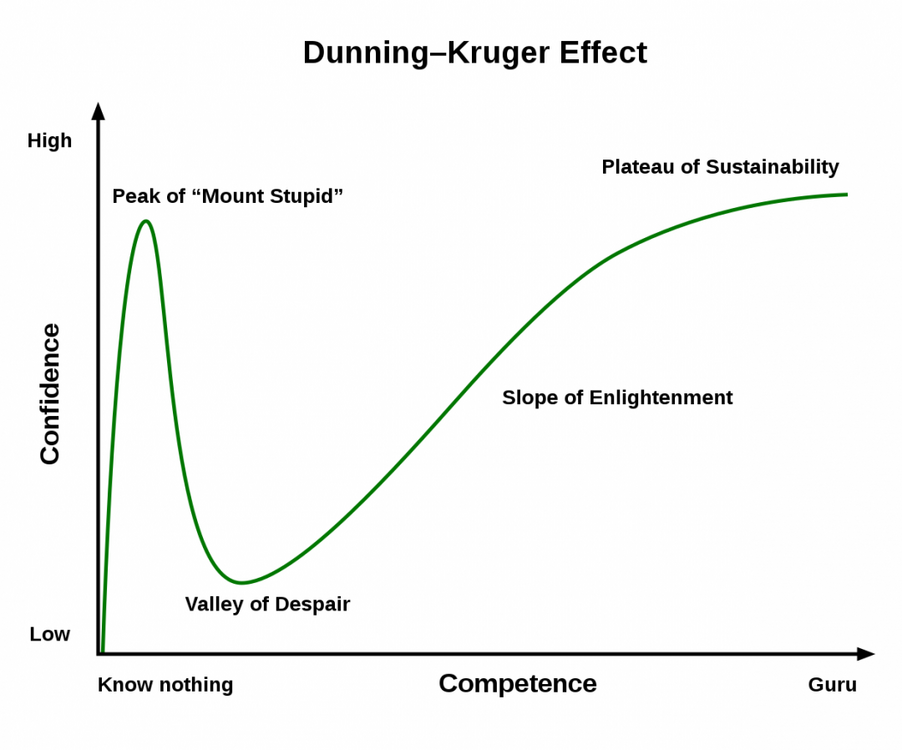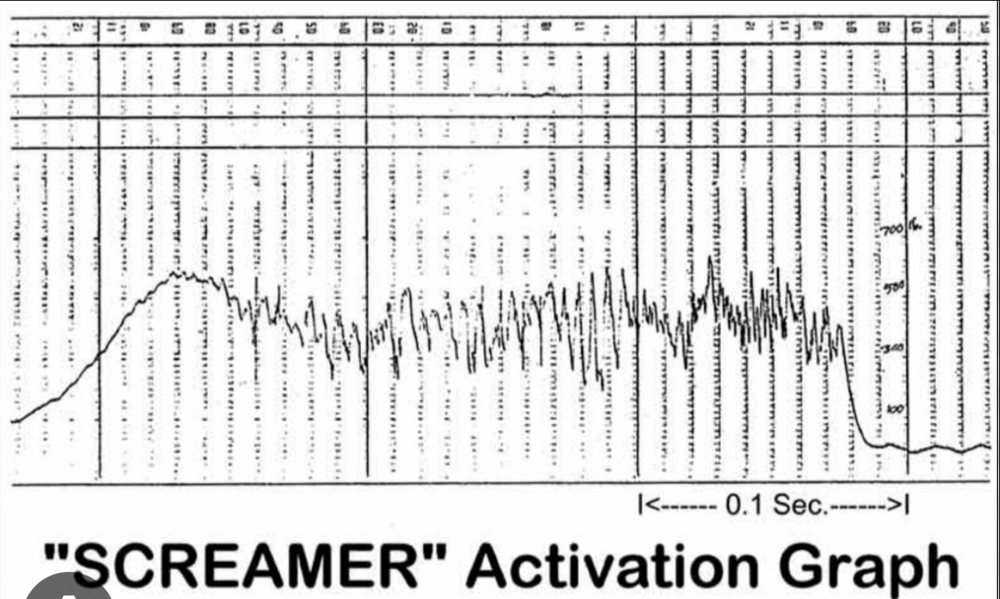Screamers
|
|
Old timer here. Has anyone used, or seen used, a screamer aka shock absorber? They are slings designed to absorb a fall by the stitching ripping apart and absorbing the energy. I have never seen one personally, let alone in use. I think they debuted about thirty years ago. They are still available. |
|
|
This has been discussed at length here (and on every climbing forum). Do a search. Everyone has an opinion. I think we can wait a few more years for another thread. |
|
|
They are very commonly used for ice climbing. Somewhat common for upper-end aid climbing. For everyday trad climbing, never. I do encourage you to be the first to use them as your primary sport climbing draws. Reactions at the crag would be amazing. |
|
|
ClimbingOn wrote: Yates still makes "Screamers." I regularly use them whilst ice climbing. Typically in less dense ice. My serious aid climbing days were barely serious but definitely they had their place as do they for any thin pro. As for using them for sport draws and the crag reaction more fun to use a hip belay. |
|
|
ClimbingOn wrote: At Smith once I saw a dude use them on the first two bolts. His explanation was that the fall force on the first two bolts is higher due to less rope in the system, and the bolts could pull. |
|
|
Leigh Shoffner wrote: Read the forum posts by Jim Titt on this topic. He is the only one who knows what he's talking about. I doubt he'll post on this thread, but his info. is better than these posts: "I use them on ice/hard aid/ sketchy placements and they really help." |
|
|
Matt Wetmore wrote: If you need to put a screamer on a bolt, it's a bad bolt lol |
|
|
Never bought one or owned one, but saw one that had been seriously used. On the last pitch of Polar Circus in the late 90’s, we came upon one that had been completely unraveled, tied to a screw, with a carabiner still on the end. Also saw a massive amount of blood on the ice several meters below. I cleaned it and kept it in my pack for a while as exhibit A. They must work. |
|
|
BD's testing, |
|
|
I had a partner that used to use them on sketchy gear, tiny nuts, things that would normally be used for aid climbing. His nickname was whipper man Dan. He took a huge whip on a tiny nut down at the T wall. The screamer did what it was supposed to and the nut stayed in place and he stayed off the deck. I wouldn't recommend using them regularly, but they could save your ass in a really sketchy situation. |
|
|
Matt Wetmore wrote: Lol is this a joke? Handmade bolts or some shit? |
|
|
Used them multiple times on Desert Shield last week. Nice for sketchy sandstone placements |
|
|
Ben B wrote: No he was just on mount stupid: If anything the screamers are more dangerous to place on the first two bolts because they extend when they deploy. |
|
|
WF WF51 wrote: WTF, Where do you get this? - I’ll let Jim answer directly, but he seems anything but a proponent of screamers in the posts I’ve read and participated in. In my opinion, the above data from BD is next to useless. Measurements on load cells are one thing (nobody disputes the average energy absorption feature) or the theory behind them However, The real world effects are something else entirely that are ignored completely in almost all data discussed to date. Such as the effect of ~1kHz oscillations of 2-400 lbs of force on a manky pin in Eiger rock or non-primo ice. I wrote them off over 25 yrs ago for my own applications after doing testing. I don’t use them, but If anything, I’d attach one into my tie in to reduce load on me (and overall, albeit less) but isolate the vibration effects on bad ice or bad rock. |
|
|
Please clarify.
???
Citation needed. The BD test design seems entirely reasonable. Maybe you are getting at EN/UIAA/CE or whatever having testing methodologies which seem to have little bearing on real world situations (due to reasonably trying to control conditions), but writing off the BD results with basically no explanation is fear mongering at best.
Again, please explain how one might generate oscillations at even a fraction of that speed. |
|
|
Jonathan Wagenet wrote: The test results were almost entirely predictable without doing the test. And just repeated past data and tests. Bolt a load cell to a ceiling or frame and drop a weight. Is the measured load less when I add an energy absorbing feature into the system vs no energy absorbing feature? Next, do a test with 3 beer cans in a sock in the system. About as useful
There was never any danger of the load cell coming disconnected. If there is never any danger of your pro blowing out, do you care what percentage variations of peak load it saw? Tests constructed to isolate and test certain variables are only valid for the narrow band of circumstances in the test. A more fitting test rather than raw load numbers, would be; for a given poor climbing placement (bad ice, old 1/4” buttonhead, small nut in sandstone, rattly pin) is it more likely to hold with or without a screamer in the system…way more difficult to set up and conduct for sure Below is a previous thread spanning years. Read it and see if you think Jim Titt loves screamers (as purported by WF WF51 above ) https://www.mountainproject.com/forum/topic/116069649/yates-screamers-obsolete-or-niche
It tests the wrong pertinent aspect. Nobody uses screamers on bomber ice or rock (or securely bolted load cells) They use them on “sketchy” ice or rock. This means materials of lower quality with much smaller contact areas (short screws, small nuts, manky pins, etc) the ability of climbing gear that is hand placed into friable materials to sustain vibrational loads such as screamers is unscientifically tested (I’m not claiming my tests qualify as scientific or statistically significant)
just one graph. The frequency varies with the height and factors of the fall. Read thru the linked thread if you want more details. Bottom line. There are a shit ton of variables involved in sketch gear holding. Peak force is one. How that force is applied is another. To me the data presented so far is unsatisfactory to convince me that screamers are a benefit in most of the placements you’d consider using them. Their military/industrial applications have little to no crossover benefit to climbers |
|
|
Went through a stage of useing them for ice placements when it was the rage but haven't for almost a decade now. Most of ice climbers I know no longer use them. If they do use screamers they also probably still use leashes.. |
|
|
The BD Labs is not a real world test but it is data. It shows a peak force reduction of 1-1.5kn. Not mind blowing to say the least. Don't look at the percentage look at the actual reduction in peak force. Definitely not worth carrying a harness full of screamers or any for that matter. |
|
|
Then just say that. Just because you think the data is bad doesn’t invalidate that data. Neither you nor Jim Titt are providing counter data to BD or Yates, mostly dropping FUD. Jim seems to have a personal grievance with Yates. Yes there are a shit ton of variables in “real world” situations, but that doesn’t change that designing controlled tests is sufficient for materials testing in every industry. The tests you are proposing are no longer about the screamer, but about testing the sketchy gear itself. The screamer has been tested using pertinent tests for a gear failure mode which is primarily binary (it will fail or it doesn’t, given the same starting conditions). If you design a test where the gear fails, you are no longer testing the screamer, and maybe that’s what you’re getting at, but the screamer has already been characterized so the test is about the gear. No, I don’t think vibrational loading (for 3 tenths of a second) due to ripping stitches is a risk to even marginal gear. If it fails, it would have failed anyway… or not if you had bounce tested it. If that unknown gives you the willies, that’s a valid reason to not use them, but not a valid reason to spread fud. |
|
|
Mark Pilate wrote: I think you misread my post. Yes, J.T., is not in favor of them. The part of my post in quotation marks was sarcasm, a mockery of people with those points of view. Does that clear it up? By the way, thanks for your contributions to MP. Always well composed and sensible. |
|
|
The screamer has been tested using pertinent tests for a gear failure mode which is primarily binary (it will fail or it doesn’t, given the same starting conditions). |

 Continue with onX Maps
Continue with onX Maps Sign in with Facebook
Sign in with Facebook

























